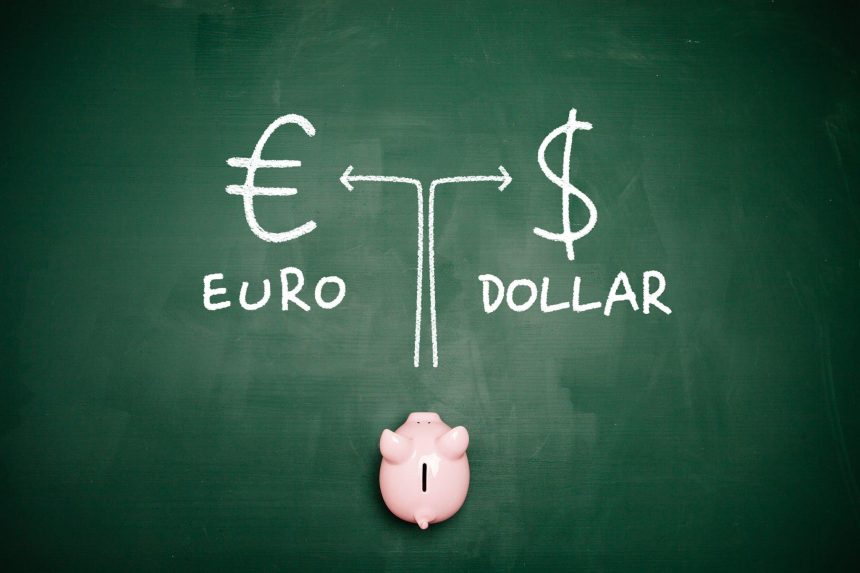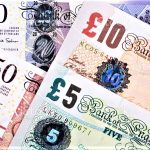EURUSD Rises as Traders Reconsider ECB Policy and Await US Jobs Data
The EURUSD currency pair has climbed above 1.0850, reaching a four-month high. This increase is due to a combination of factors, including shifting European Central Bank (ECB) policy expectations and a weakening US dollar (USD). Traders are now reassessing their expectations for the ECB’s next moves after Germany announced major debt reforms. At the same time, the US Nonfarm Payrolls (NFP) report, which will be released soon, is causing uncertainty in the market, putting additional pressure on the USD.
Why Is EURUSD Going Up?
Several key factors have contributed to the recent strength of the euro (EUR) against the US dollar (USD):
- Germany’s Debt Reforms
- Germany has introduced changes to its debt rules, including the creation of a 500 billion euro infrastructure fund and reforms to its so-called “debt brake.”
- These changes are expected to increase government spending, which could push inflation higher.
- If inflation rises, the ECB may slow down its monetary easing, reducing the chances of further interest rate cuts.
- Traders Lower Their Expectations for ECB Rate Cuts
- Before this announcement, traders believed the ECB would cut interest rates at least two more times by summer 2025.
- Now, there is speculation that the ECB may pause rate cuts in April instead of continuing them.
- ECB President Christine Lagarde did not commit to a clear rate-cutting path in her latest press conference, reinforcing the idea that decisions will be made on a meeting-by-meeting basis.
- US Dollar Weakness
- The USD has been losing value, with the US Dollar Index (DXY) falling to a four-month low of 103.60.
- Concerns about the US economic outlook and uncertainty over President Trump’s trade policies are weighing on the dollar.
- Investors worry that higher tariffs could hurt the US economy by increasing costs for businesses and reducing consumer purchasing power.
- Upcoming US Nonfarm Payrolls (NFP) Report
- The NFP report, set to be released at 13:30 GMT, is a key indicator of job growth in the US.
- The report is expected to show that the US economy added 160,000 jobs in February, compared to 143,000 in January.
- If the actual number is lower than expected, it could increase fears of a slowing US economy, further weakening the USD.
Impact of Germany’s Debt Reforms on the ECB
Germany’s recent debt policy changes are causing traders to rethink their ECB interest rate expectations. The country’s government has proposed:
- A 500 billion euro infrastructure fund to boost economic growth.
- Adjustments to its “debt brake” rule, which limits government borrowing.
- Increased spending on defense and infrastructure.
These measures could lead to higher inflation, making the ECB more cautious about cutting interest rates further.
Christine Lagarde, the ECB President, has taken a neutral stance, saying the bank needs more time to assess the impact of Germany’s policy changes. She also noted that risks to economic growth remain on the downside, and that Trump’s trade policies could create further challenges for the Eurozone economy.
Trump’s Trade Policies and Their Effect on the US Dollar
Another factor weighing on the USD is uncertainty over President Trump’s trade policies. Recently, Trump announced new tariffs on Canada and Mexico, but later exempted some products until April 2. This move came after discussions with major US car manufacturers.
- Higher tariffs can increase costs for US businesses, which may pass them on to consumers.
- This can reduce consumer spending, potentially slowing economic growth.
- Some investors believe that Trump’s trade policies could hurt the US economy, leading to a weaker dollar.
How the US NFP Report Could Impact the Market
The US Nonfarm Payrolls (NFP) report is one of the most important indicators of the country’s economic health. Investors will be closely watching the report for signs of strength or weakness in the US labor market.
The market expects:
- 160,000 new jobs added in February, compared to 143,000 in January.
- Unemployment rate to remain steady at 4%.
- Average Hourly Earnings (wages) to increase 4.1% year-over-year.
If the actual report shows fewer jobs added than expected, it could increase concerns about a weakening economy. This would make it more likely that the Federal Reserve (Fed) will cut interest rates later in 2025, which would further weaken the USD.
On the other hand, if the report is stronger than expected, it could support the USD by reducing the likelihood of a Fed rate cut.
What’s Next for EURUSD?
Several key events in the coming weeks will determine the direction of the EURUSD pair:
- March 13: Germany’s parliament will discuss increasing defense and infrastructure spending.
- March 18: The Bundestag (Germany’s lower house of parliament) will vote on the “debt brake” reforms.
- April 2: Trump’s tariff exemptions on certain products expire.
- April ECB Meeting: Traders will look for clues on whether the ECB will pause its rate-cutting cycle.
The market will also be watching for any new developments related to US inflation, employment, and trade policies.
Final Thoughts
The EURUSD pair has been rising due to a weaker US dollar and Germany’s debt reforms, which are making traders rethink their expectations for ECB rate cuts.
At the same time, uncertainty over Trump’s trade policies and the upcoming US jobs report is adding pressure on the USD.
The next big event for the market will be the US NFP data release, which could have a significant impact on the currency pair. If the job numbers are weaker than expected, the USD could decline further, pushing EUR/USD even higher. However, if the report is stronger than expected, it could provide temporary relief for the dollar.
Investors should stay alert to upcoming developments, especially Germany’s debt policy changes, US economic data, and future trade policy decisions by Trump. These factors will play a crucial role in determining the future direction of the EURUSD pair.









